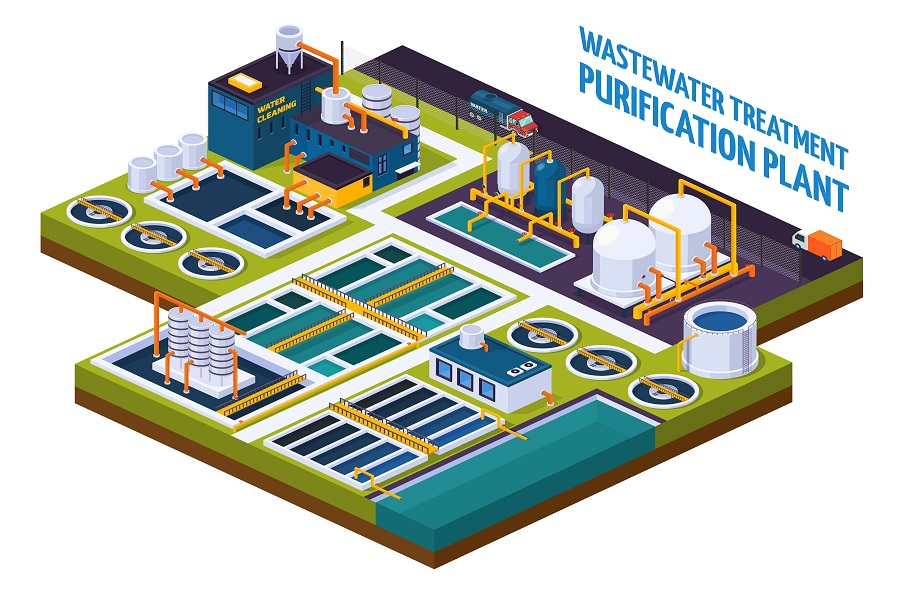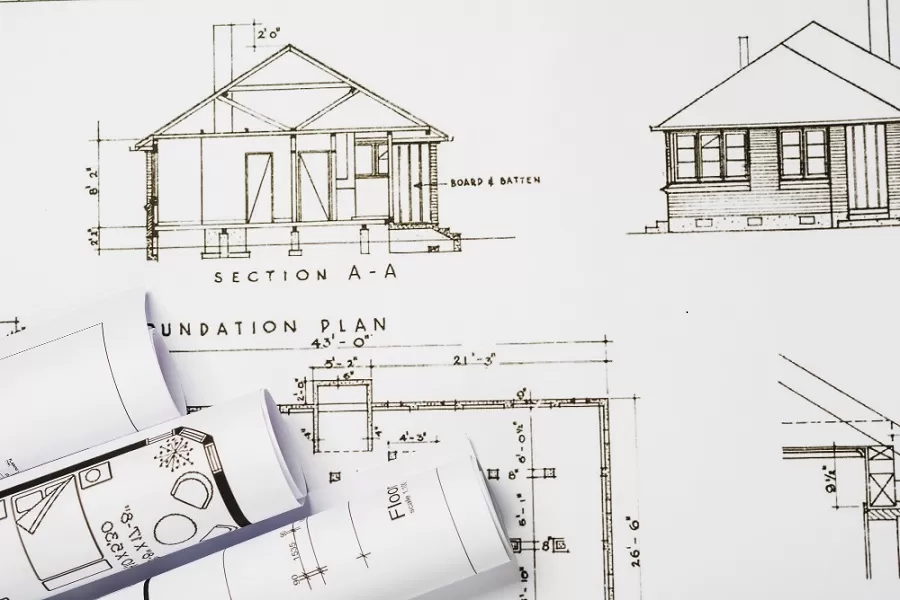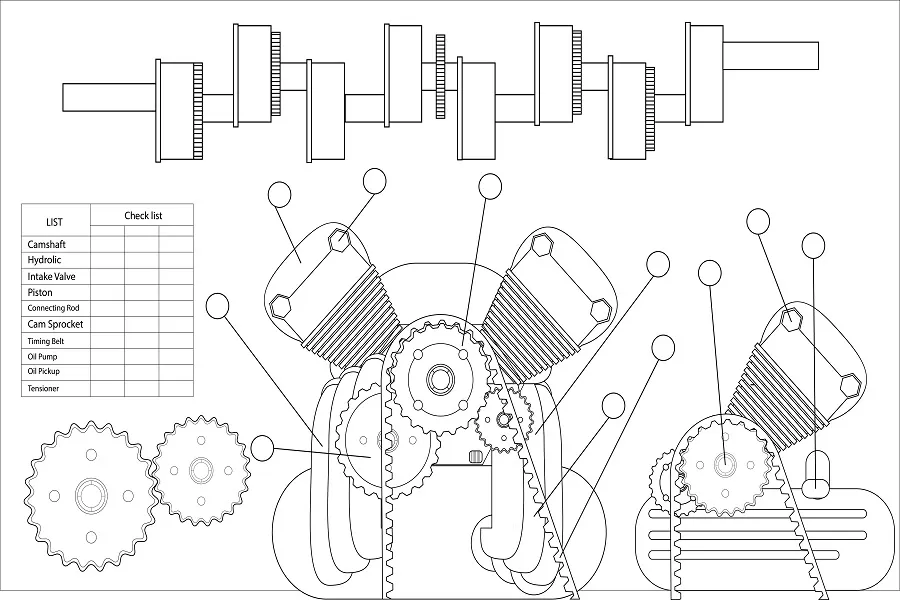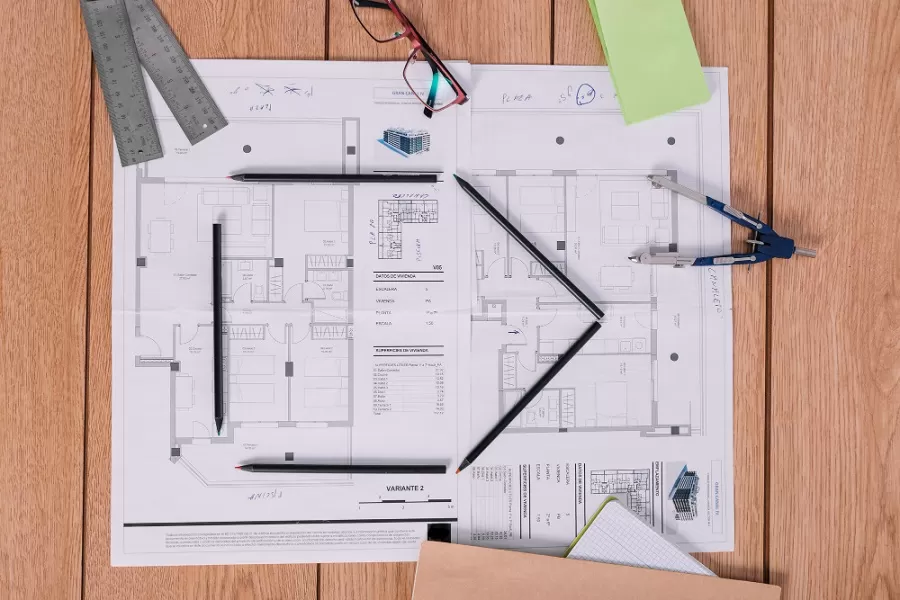Water and wastewater treatment plants (WTPs) have become an indispensable part of the modern world. They play a vital role in protecting the environment and public health. In fact, according to the United States Environmental Protection Agency, WTPs in the United States process around 34 billion gallons of wastewater every day. To treat this immense capacity of waste, it is important to design wastewater plants effectively.
A well-designed WTP ensures that pollutants are removed completely, water quality is maintained, and environmental impacts are minimized.
Key Considerations for Effectively Designing a Water Treatment Plant
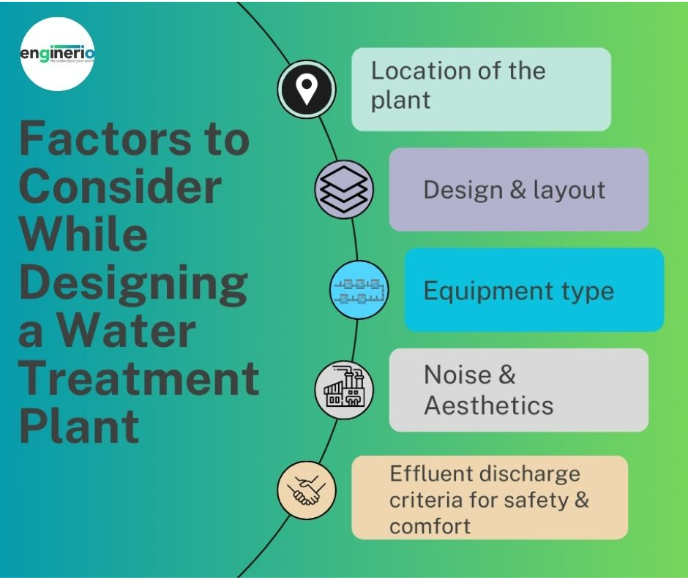
Designing a water treatment plant is a complex process and requires efficient planning, strict adherence to regulations, and careful consideration of various factors to ensure the efficiency and effectiveness of the plant. Factors involved in water plant design layout include:
1. Plant Location: The first and foremost step in water plant design includes assessing site location and selecting appropriate processes. The ideal choice depends upon:
- Proximity to nearby water sources
- Distance from residential areas
- Soil condition
- Flooding risk
- Wind conditions
- Availability of effluent and sludge disposal
- Possibility of site expansion
- Chemicals and equipment to be used for treating wastewater
2. Design Layout: Next is to develop a water treatment plant layout and optimize the flow of water through different treatment stages while minimizing energy consumption and operational costs. Plant designers need to keep adequate space for equipment, chemicals, and maintenance access in mind while designing a WTP. They also need to:
- Position the plant in a direction away from nearby residences and other stakeholders.
- Maintain a buffer zone of approximately 500 feet between residential areas and the nearest plant facility.
- Place facilities that may emit odors, such as headworks, at the furthest distance from residential areas.Implement measures to contain odors, such as covering or housing odor-causing facilities, and ensure proper ventilation and air scrubbing systems are in place.
3. Equipment Type: Plant designers need to then select the appropriate equipment and technology as per the treatment processes, regulatory standards, and water quality objectives. Factors to consider include treatment capacity, efficiency, reliability, maintenance requirements, and compatibility with other system components.
4. Noise and Aesthetics: Designers must also address noise levels and aesthetics while optimizing water treatment plant design. They need to choose equipment with low decibel ratings to minimize noise pollution during operation. Also, they need to make wise construction choices to facilitate noise containment and meet the aesthetic demands of the surrounding communities
5. Effluent Discharge Criteria for Safety and Comfort: An essential step for the design team is establishing guidelines for the discharged effluent from the facility. By setting clear criteria for the quality of the effluent, the team can then tailor the equipment selection and layout to meet these standards effectively, ensuring compliance with legal requirements. This proactive approach not only safeguards environmental health but also minimizes the risk of regulatory violations, assuring stakeholders and the community.
How Can Technology Assist You in Designing an Efficient Water Treatment Plant?
Designing a water treatment plant is a collaborative effort. Designers need to work together at multiple levels and stages to ensure maximum design efficiency. Here’s how modern technologies like Computer-Aided Technology (CAD) and Building Information Modeling (BIM) can help them design water treatment plants that are high in efficiency, low in cost, and excellent in meeting the aesthetic requirements of the WTP:
- Detailed Design Creation: Software like AutoCAD, Plant 3D, PDMS, and Revit allows designers to create detailed and precise 2D water treatment plant drawings for components, equipment, piping systems, structures, and layouts. This includes pumps, valves, tanks, pipelines, reactors, clarifiers, and more. The ability to create detailed drawings helps designers identify and rectify problems right at the conceptual stage, ensuring efficient and error-free design, construction, and operation of water treatment plants.
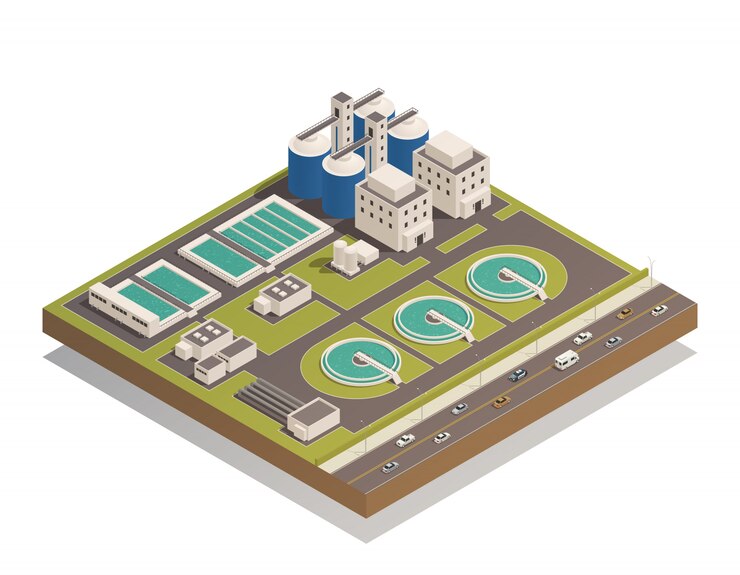
- Accurate Visualization and Simulation: CAD and BIM enable designers to visualize the water treatment plant design in 3D, providing a realistic representation of how different components fit together and interact within the plant. This visualization aids in understanding spatial relationships, identifying potential clashes or interferences, and optimizing the overall design for efficiency and functionality.
- Better Design Iterations: CAD software offers tools for optimizing design parameters such as dimensions, materials, connections, and flow paths. Designers can experiment with different design configurations, evaluate their performance through simulations, and make necessary adjustments to achieve optimal design solutions. This iterative process helps in improving design efficiency and meeting project requirements.
- Seamless Collaboration: CAD and BIM facilitate collaborative design efforts. They allow multiple team members to work on the same design concurrently. Designers, engineers, architects, and other stakeholders can collaborate, share feedback, and make revisions in real time. This leads to improved coordination and communication throughout the water treatment plant design process.
- Detailed Documentation and Drawing Generation: CAD software automates the generation of detailed drawings, plans, and documentation for water treatment plant designs. This streamlines the documentation process and ensures consistency in design documentation.
- Hassle-Free Integration with Other Software: CAD and BIM can integrate with other software and technologies used in water treatment plant design like Geographic Information Systems (GIS) and simulation software. This integration enables seamless data exchange, interoperability, and collaboration across different design disciplines and project phases.
Best Practices for Efficient WTP Design
1. Choose the Right Software
When selecting a water plant design software, designers need to ensure its compatibility with existing data and systems. Its functionality and features must match with your design requirements. Moreover, it should be easy to use, cost-effective, and quick to update.
Some common CAD software used for designing WTPs are AutoCAD Plant 3D, Revit MEP, and Bentley WaterGEMS. Seek expert help and make a wise choice.
2. Follow Design Standards and Guidelines
Designers must adhere to relevant design standards and guidelines. This ensures that your design meets the technical, regulatory, and environmental criteria for WTPs. You’ll be able to avoid errors, design inconsistencies as well as conflicts while continuously improving its quality and reliability.
3. Model in BIM
Do not leave your design in CAD. Go one step further and create a 3D model of your water treatment plant in BIM. It will help you visualize your design in a realistic and detailed way. You’ll be able to identify and resolve any potential issues and interferences, optimize your design, and efficiently communicate and collaborate with other stakeholders.

4. Incorporate Automation and Simulation
Incorporate automation and simulation tools to save time, effort, and resources. With automation tools, you can modify drawings and models based on predefined rules and parameters. You can test and evaluate your design performance under different conditions and evaluate outcomes and impacts. This will help you improve the feasibility and functionality of plant layout design.
5. Partner with Experts
Since designing a water treatment plant is a dynamic and iterative process, it involves a lot of changes and revisions. To avoid inconsistency, duplication, and confusion, it is better to hire CAD experts at Enginerio. With specialized knowledge and skills in CAD software, our CAD designers and drafters ensure efficient handling of water plant design. They ensure accurate modeling, precise documentation, and seamless coordination, ultimately leading to optimized and error-free water treatment plant designs. We ensure best-in-class services at the most affordable rates.
Connect with us to know more about our wastewater treatment plant design services or to request a free quote.
